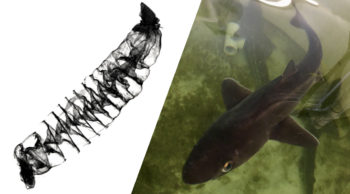Contrary to what popular media portrays, we actually don't know much about what sharks eat. Even less is known about how they digest their food, and the role they play in the larger ocean ecosystem. For more than a century, researchers have relied on flat sketches of sharks' digestive systems to discern how they function – and how what they eat and excrete impacts other species in the ocean. Now, researchers have produced a series of high-resolution, 3D scans of intestines from nearly three dozen shark species that will advance the understanding of how sharks eat and digest their food. “It's high time that some modern technology was used to look at these really amazing spiral ... Read More
The primary source of news and information about California State University, Dominguez Hills, its students, faculty, and staff.
